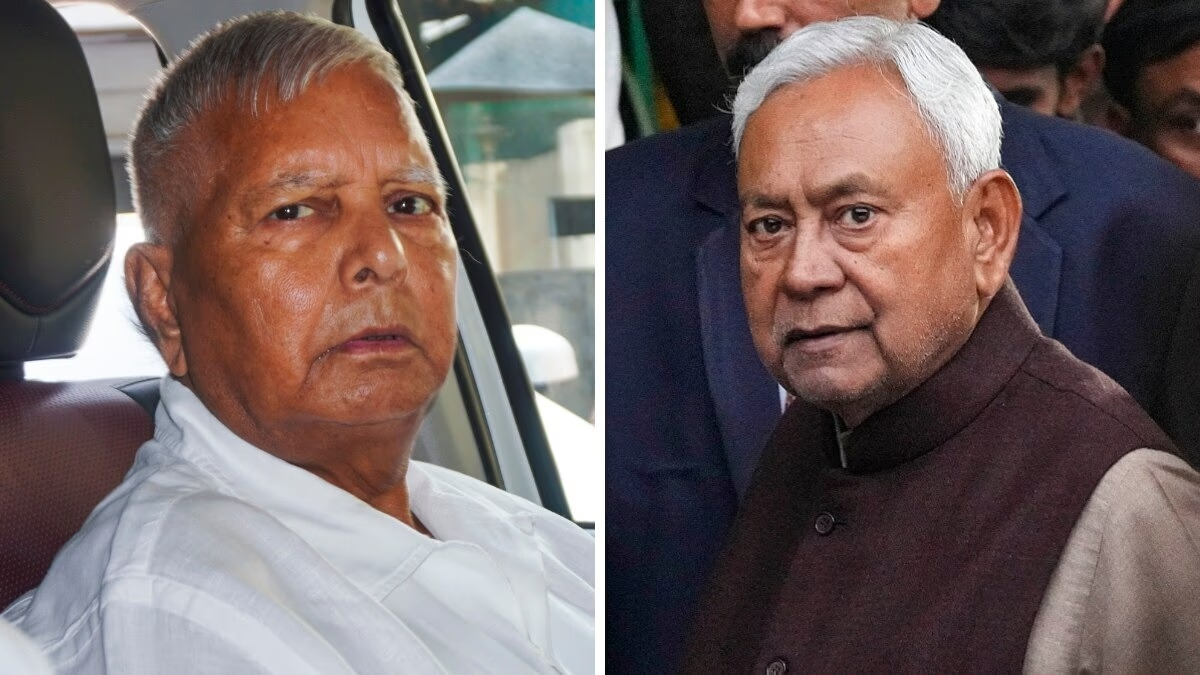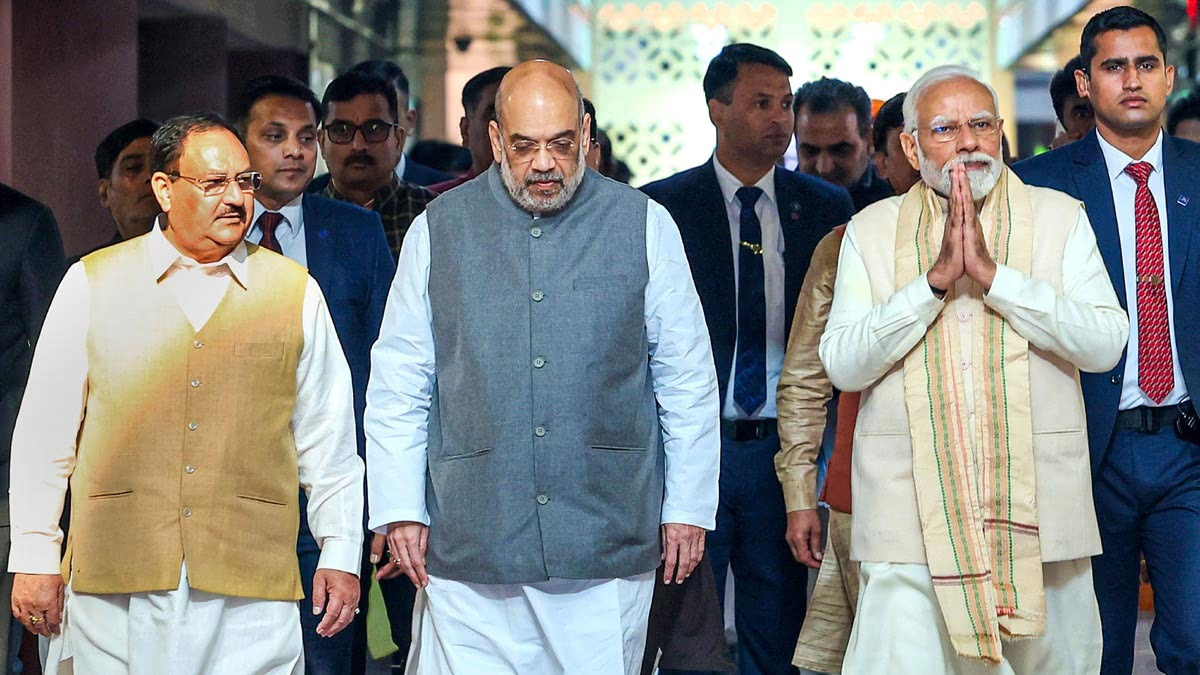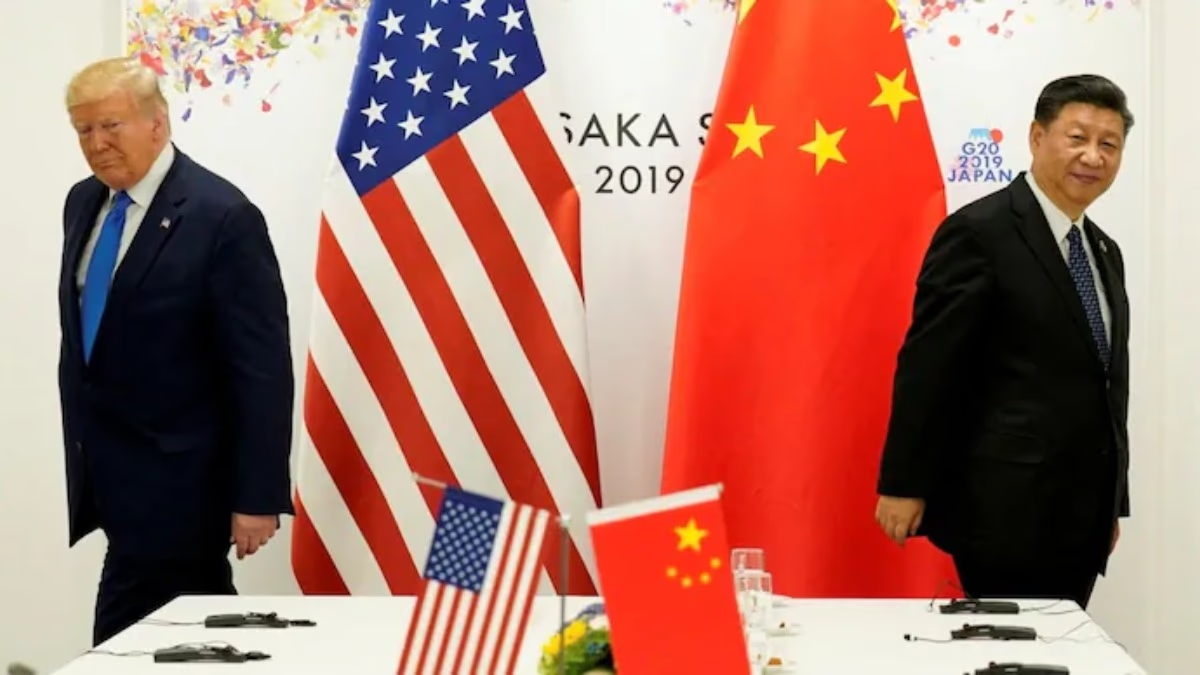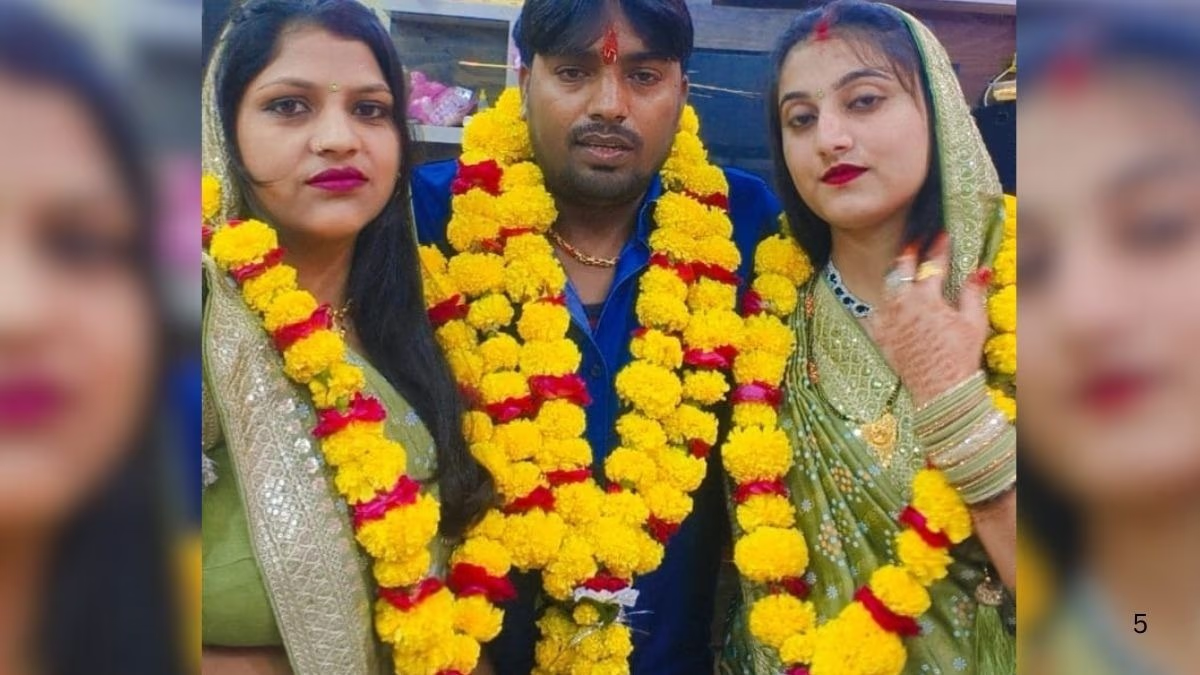In the arena of Bihar politics, two giants stand tall: the state's Chief Minister and Janata Dal (United) leader Nitish Kumar, alongside the former Chief Minister and Rashtriya Janata Dal (RJD) head, Lalu Prasad Yadav. The duo, proteges of the visionary leader Jayaprakash Narayan, once started their journey on the same ideological path but have now diverged into polar ends.
Nitish Kumar is regarded as a beacon of good governance in Bihar. Once hailed as a potential Prime Minister, he transformed the state post the so-called 'jungle raj' era of Lalu-Rabri. On the other hand, Lalu Prasad Yadav's fight for social justice has empowered the marginalized and reshaped political ideologies across the country.
Currently, these stalwarts are revered as legendary figures due to their prolonged political careers and accomplishments. Uniquely, there's no other leader in Bihar matching their stature, let alone considering the prospect of a successor. The outcomes of the November 14, 2025 Assembly elections won’t just decide leadership but also the fate of their legacies.
Given Nitish's (74) and Lalu's (77) advancing age and health concerns, this question becomes even more pertinent. More than 74 million voters, including 1.4 million newcomers and 51% women, will determine the future of these leaders' legacies.
The Future of Nitish Kumar's Legacy
Supporters of Nitish Kumar highlight his monumental shift of Bihar from the 'jungle raj' to a state of progress since 2005. Landmark achievements include the expansion of road networks, round-the-clock electricity, education for girls through the bicycle scheme, prohibition, and women's empowerment through 50% reservation in panchayats. Nitish forged a robust Kurmi-Koeri and Extremely Backward Class (EBC) coalition, forming JDU's backbone. However, frequent alliances shifts have labeled him an opportunist. Opposition frequently capitalizes on his health issues, posing challenges for JDU.
Despite keeping his son, Nishant Kumar (47, an engineer), away from politics, if Nishant enters, he might momentarily benefit from being Nitish's son, akin to Tejashwi's longstanding Muslim and Yadav backing attributed to Lalu. But with Nishant's continued absence, the natural choice for non-Yadav OBCs and EBCs may shift to BJP. Should Nishant become active, the Kurmi-Koeri base could remain intact; otherwise, JDU risks dwindling under BJP's shadow.
Nitish has asserted his candidacy for the CM position in 2025, yet his age and health elevate discussions about succession. While JDU lacks widely accepted leaders beyond Nitish, NDA winning 130-160 seats, as some polls suggest, could temporarily sustain Nitish's governance legacy.
However, if JDU secures under 40 seats, the BJP could dominate. The BJP, reliant on upper-castes and the Paswan community, could integrate Nitish’s legacy with Hindutva and development. Subsequently, BJP leaders may overshadow JDU figures. Nitish's charisma and EBC alliance are challenging to sustain without him, particularly given JDU's weak secondary leadership, as Nitish hasn't fostered a direct successor.
Lalu Prasad Yadav's Legacy
The 1990s saw Lalu Prasad Yadav establish a foundation for social justice in Bihar through the Mandal movement, empowering backward classes, Dalits, and Muslims. His Muslim-Yadav coalition remains RJD's essence. Lalu promoted OBC reservations in panchayats and societal empowerment. However, the fodder scam, 'jungle raj,' and administrative failures tarnished his image. Despite health setbacks and legal issues, his tactics secured RJD 75 seats and a 23% vote share in 2020. His legacy is one of social justice, OBC-Dalit-Muslim empowerment, and charismatic leadership.
The clear heir to Lalu’s legacy is Tejashwi Yadav (35). In January 2025, he was granted equivalent powers by the national executive. Tejashwi’s 'MY Baap' formula aligns Yadavs, Muslims, and select non-Yadav OBCs and Dalits. His promise of 1 million jobs and appeal against Nitish resonate with 41% as the preferred CM, leading RJD to emerge as the largest party in 2020.
Nonetheless, challenges persist, such as the 'jungle raj' image, Congress-Left alliance dynamics, and familial discord (Tej Pratap’s May 2025 expulsion). Tejashwi’s strengths are his youthful appeal and ambition to extend Lalu’s legacy nationally, though he struggles to fully replicate Lalu’s charm.
Tejashwi's Defeat Could Mean Lalu's Legacy's End
Tejashwi, still young, has ample time in politics, but Bihar politics is increasingly competitive. Failure to secure the Chief Ministership now could see him facing stalwarts like Jan Suraj in future elections. Meanwhile, Congress continues courting traditional voters, establishing a challenging environment. For Tejashwi, it’s truly now or never. Weak leadership often leads to family and then party fragmentation. Tej Pratap Yadav and Rohini Acharya have already sided against Tejashwi, and Misa Bharti might join the disgruntled camp.




